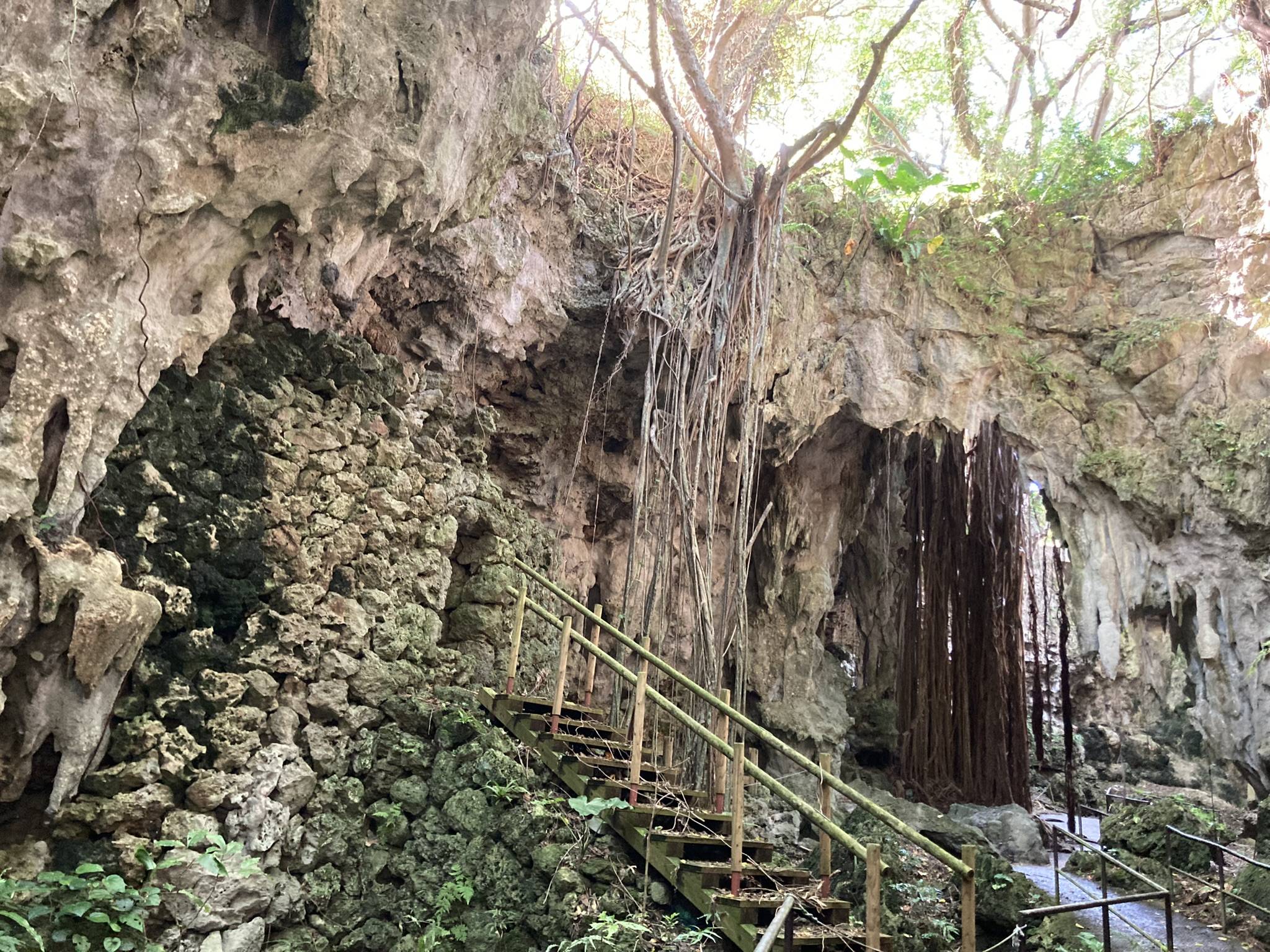Sefa Utaki is one of the most sacred sites in Okinawa Prefecture’s indigenous religion. But it isn’t grand — at least not in the way you usually expect from religious sites.
Other than a connecting path of rough-hewn stone and short stone plinths for rituals, Sefa Utaki’s six ibi (holy places for rituals) remain mostly as nature made them. Massive limestone boulders tower and tilt at odd angles, striated by the ropy roots of gajumaru (banyan) trees perched on top. Stalactites drip from overhangs, steadily marking the slow passage of time while lush jungle foliage greedily creeps over everything in and around the utaki (sacred site).
This integration with nature is a hallmark of Okinawa’s native religion. Even Shinto, with its minimalist aesthetic and animistic roots, constructs shrine buildings and marks sacred trees and rocks with paper-strung shimenawa ropes. While the mainland system of belief acknowledges the divinity of the natural world, it doesn’t leave it untouched, carving out a human-shaped space for worship.

















With your current subscription plan you can comment on stories. However, before writing your first comment, please create a display name in the Profile section of your subscriber account page.